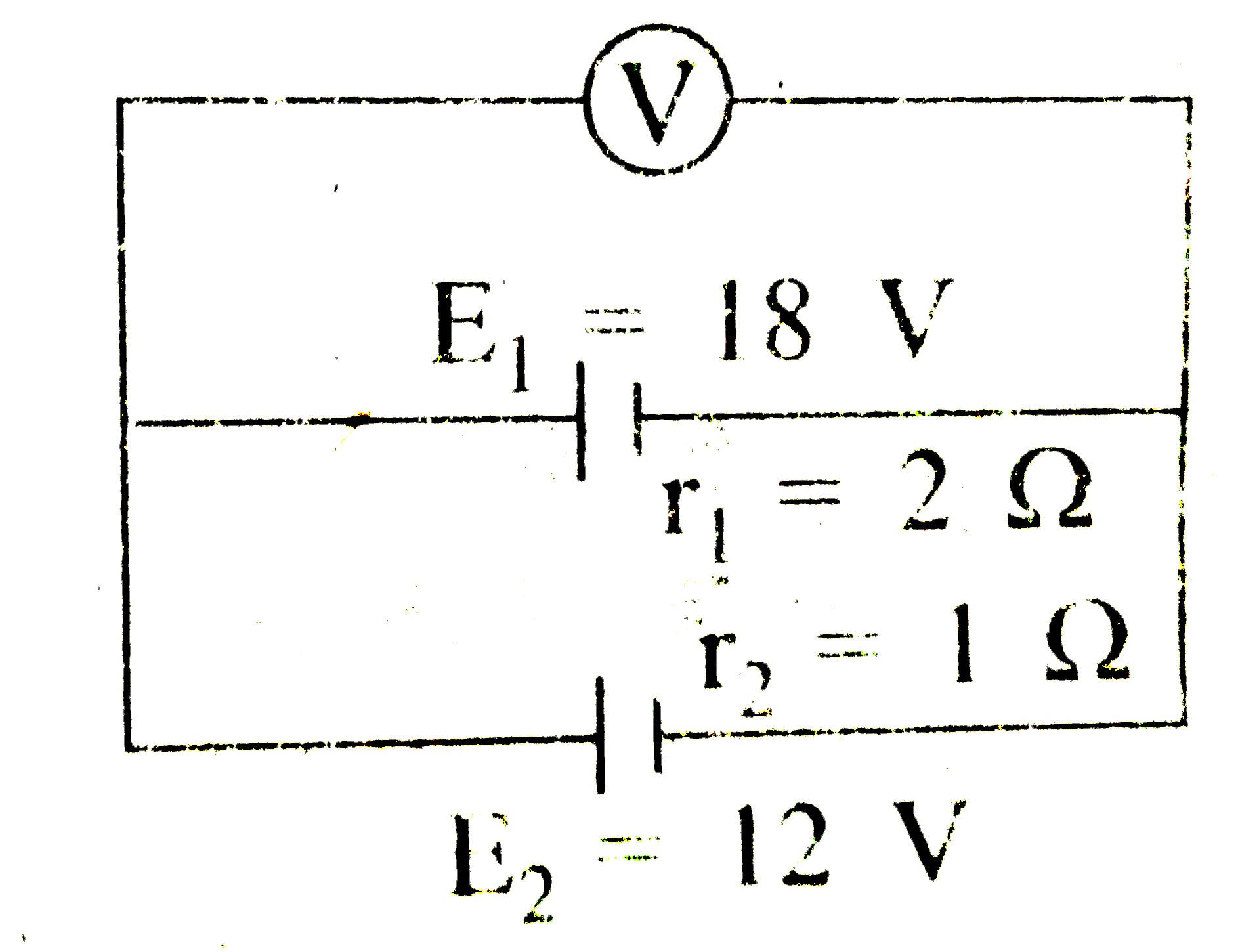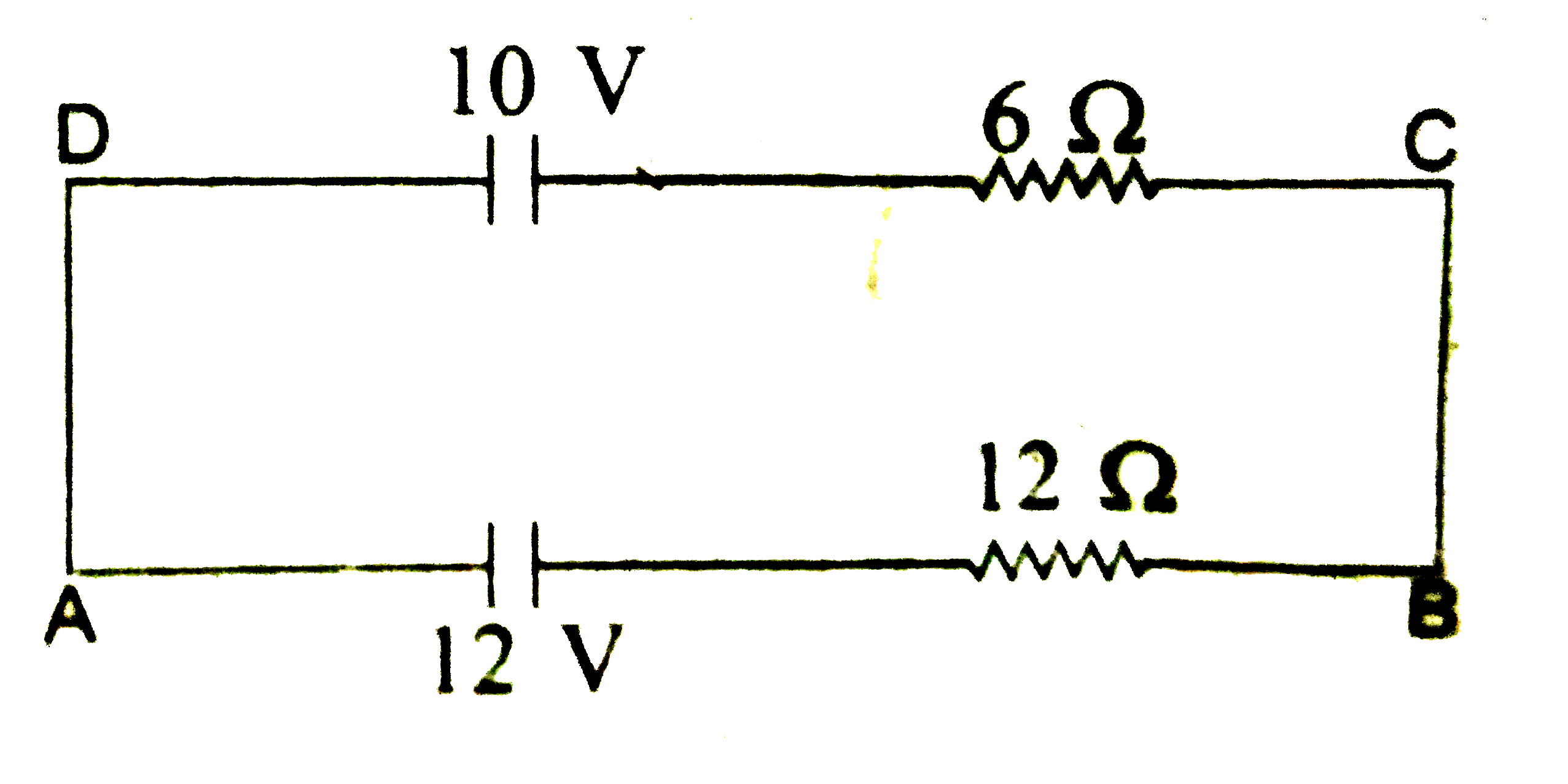Read the source given below and answer the question that follows.
Source: The Movement in the Towns
The movement started with middle-class participation in the cities. Thousands of students left government-controlled schools and colleges, headmasters and teachers resigned and lawyers gave up their legal practices. The council elections were boycotted in most provinces except Madras, where the Justice Party, the party of the non Brahmans, felt that entering the council was one way of gaining some power-something that usually only Brahmans had access to. The effects of non-cooperation on the economic front were more dramatic. Foreign goods were boycotted. The import of foreign cloth halved between 1921 and 1922, its value dropping from 102 crore. In many places merchants and traders refused to trade in foreign goods or finance foreign trade. As the boycott movement spread, and people began discarding, imported clothes and wearing only Indian ones, production of Indian textile mills and handlooms went up.
21.1 Explain the role of Justice Party in boycotting of Council elections'
21.2 How was the effect of non-cooperation on the economic front dramatic'
21.3 Explain the effect of 'Boycott movement on foreign textile trade'
21.1 The Justice Party members were non Brahmans and so far had not been able to win elections, as the Brahman candidates always won. They thought it was a golden opportunity for them to enter the councils. So, they decided not to boycott council elections.
21.2 The effects of Non-Cooperation on the economic front were more dramatic because the movement was started with middle class participation in the cities. Thousands of students left government controlled schools and colleges, headmasters and teachers resigned and lawyers gave up their legal practices.
21.3 The effects of .Boycott Movement on foreign textile trade were foreign goods were boycotted, liquor shops picketed and foreign cloth burnt in huge bonefires.
Topper's Solved these Questions
- SOCIAL SCIENCE -2020BOOK - X BOARDSCHAPTER - SOCIAL SCIENCE -2020EXERCISE - DELHI (SET - I) (SECTION -C)
13 Videos
- SOCIAL SCIENCE -2020BOOK - X BOARDSCHAPTER - SOCIAL SCIENCE -2020EXERCISE - DELHI (SET - I) (SECTION -D)
1 Video
- SOCIAL SCIENCE -2020BOOK - X BOARDSCHAPTER - SOCIAL SCIENCE -2020EXERCISE - DELHI (SET - I) (SECTION -A)
23 Videos
- SOCIAL SCIENCE SAMPLE QUESTION PAPER-1BOOK - X BOARDSCHAPTER - SOCIAL SCIENCE SAMPLE QUESTION PAPER-1EXERCISE - SECTION-C
12 Videos
- SOCIAL SCIENCE 2012-13 (OUTSIDE DELHI)BOOK - X BOARDSCHAPTER - SOCIAL SCIENCE 2012-13 (OUTSIDE DELHI)EXERCISE - Questions
33 Videos
Similar Questions
Mention any three features of 'secularism' described in the India Constitution.
View Solution(a) Two features 'A' and 'B' are marked on the given political outline map of India. Identify these features with the help of the following informations and write their correct names on the lines marked near them.
(A) The place where the Indian National Congress Session was held.
(B) The place where the movement of Indigo planters was started.
(b) Locate and label any four of the following with appropriate symbols on the same given political outline map of India.
(i) Sardar Sarover Dam
(ii) Bhilai Iron and Steet Plant
(iii) Pune Software Technology Park
(iv) Kochi Major Sea Port
(v) Indore Cotton Textile Industry
(vi) Naraura Nuclear Power Plant
View SolutionWhich of the following revolutions is called as the first expression of nationalism?
View SolutionRead the source given below and answer the questions that follow: Emboldened with this success, Gandhiji in 1919 decided to launch a nationwide satyagraha against the proposed Rowlatt Act (1919). This Act had been hurriedly passed through the Imperial Legislative Council despite the united opposition of the Indian members. It gave the government enormous powers to repress political activities, and allowed detention of political prisoners without trial for two years. Mahatma Gandhi wanted non-violent civil disobedience against such unjust laws, which would start with a hartal on 6 April.
Name the Act which is being described in the above passage.
View SolutionWho brought the first printing press to India?
View Solutionअक्रिय गैसों में सबसे अधिक योगिक बनाने वाली गैसों का नाम एवं इसके कोई भी दो योगिकों के सूत्र लिखिए ।
View Solutionहीलियम का प्रमुख स्रोत है -
View Solutionसरीसृप तथा पक्षी वर्ग को जोड़ने वाली कड़ी का नाम लिखिए!
View Solutionद्विपद चलन हेतु मानव में दो विशेषताएं लिखिए!
View Solutionदिए गये विघुत परिपथ में तथा के मध्य विभवान्तर की गणना कीजिए ।

View Solutionदिए गये विघुत परिपथ की सहायता से ज्ञात कीजिए
- (i) परिपथ में धारा , तथा
(ii) बिन्दु A तथा B के बीच विभवान्तर ।

View Solutionएक इलेक्ट्रॉन ( आवेश e ) + X - अक्ष की दिशा में v चाल से, समरूप चुम्बकीय क्षेत्र B जो -Y -अक्ष की दिशा में है, प्रवेश करता है। इलेक्ट्रॉन पर कार्य करने वाले बल का सूत्र एवं दिशा ज्ञात कीजिए।
View Solutionएक प्रेरक के बहने वाली धारा, i=4+12t द्वारा दी जाती है, जहाँ I ऐम्पियर में तथा t सेकण्ड में है | इसमें स्वप्रेरित विधुत वाहक बल 12 mV है | ज्ञात कीजिए- (i) स्वप्रेरकत्व, तथा (ii) t=1 सेकण्ड पर प्रेरक में संचित ऊर्जा एवं इसको प्रदान की गयी शक्ति |
View Solutionप्रत्यावर्ती वोल्टेज स्त्रोत V=V0sinωt से प्रेरकत्व L , धारिता C तथा प्रतिरोध R तीनो श्रेणीक्रम में जुड़े है सिद्ध कीजिए कि परिपथ कि प्रतिबाधा Z=√R2+(ωL−1ωC)2 तथा tanϕ=ωL−1ωCR जहाँ ϕ धारा तथा वोल्टेज के बीच कालान्तर है ।
View SolutionL स्वप्रेरण गुणांक का प्रेरक तथा R प्रतिरोध वाले बल्ब को प्रत्यावर्ती धारा स्त्रोत के साथ श्रेणीक्रम में जोड़ा जाता हैं परिपथ की प्रतिबाधा का सूत्र लिखिए । बल्ब की चमक पर क्या पड़ेगा , यदि -
(i ) प्रेरक में फेरो की संख्या घटा दी जाये ?
(ii ) लोहे की छड़ प्रेरक कुण्डली में प्रवेश कराई जाये ?
View SolutionA .C स्त्रोत की आवृत्ति में परिवर्तन के साथ संधारित्र प्रतिघात में विचरण को दर्शाने के लिए ग्राफ खीचिए ।
View Solution
